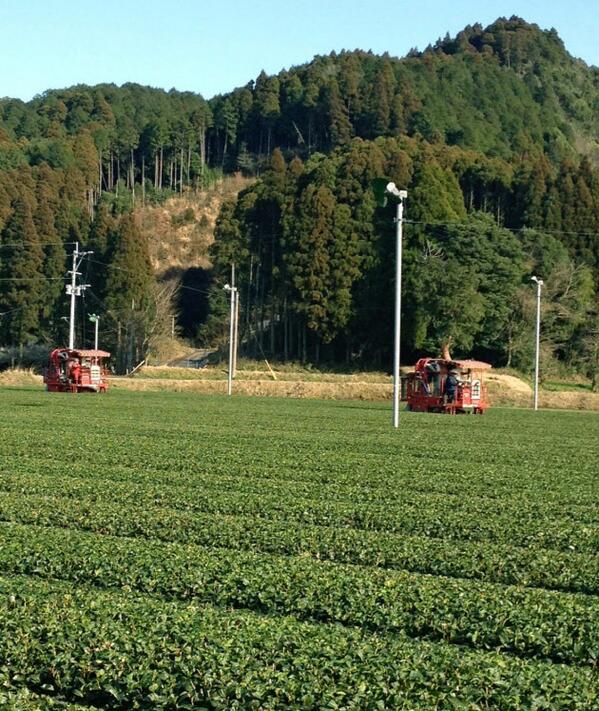Technology:
The
Japanese government will export the payment system that uses IC cards to
Vietnam coming May as part of its official development assistance (ODA). A
total of 200,000 IC cards complete with necessary equipment will be provided to
Vietnam for users of route buses in Hanoi for free. The IC card to be exported is
Sony’s contactless IC card Felica. Japan International Cooperation Agency collaborates
with Sony, NTT Data, and Dai Nippon Printing. The total investment is expected
to be 100 million yen all of which will be paid by ODA. In the initial stage, 26
buses travelling about 30 km from north to south inside Hanoi will accept the
IC commuter ticket service in June. When the IC commuter ticket service spreads
enough, the prepaid system will be introduced. Local production of IC cards
will start in May, and the toll collection system and card readers will be
installed at the same time.
The
Japanese government plans to expand the market of Japanese IC transit cards to
Thailand and India. Hong Kong, Bangladesh, and Singapore have already
introduced the Japanese IC transit card system. There are several IC card specifications
for public transit in the world. As compared with the Type A widespread in
western countries, the Japanese IC card has a built-in chip higher in
performance and needs less time for reading at the time of payment. In
addition, it can store more information and easily support transfer. Once the
Japanese system spreads in Asia, Japanese can move and shop easily during their
stay in Asia and the market of IC-card supporting products including buses, rolling
stocks, and vending machines will expand. The Japanese government plans to
increase exports of infrastructure to 30 trillion yen by 2020.
You can travel anywhere in Japan only with your IC transit card
No need to buy a ticket for each railway service
Automatic ticket gates of JR East

